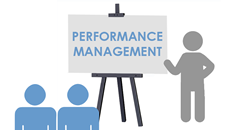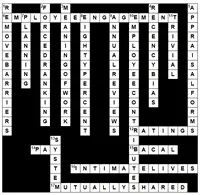What Is the Most Important Pitfall To Avoid When Diagnosing a Performance Problem?
The most common pitfall, for managers, when trying to identify the cause of a performance problem (diagnosing) involves making what is called a "attribution error". That is, they attribute the cause of the problem to the employee, in its entirety, assuming that the productivity problem is caused by a deficit in the employee, and only a deficit in the employee.
Of course, this can be true and accurate, but it can also be a) completely wrong, or more likely b) only partially accurate. The reality is that many performance problems occur as a result of the system in which the person works. For example, an employee may be less productive over time if the tools s/he is given are faulty, poor or inadequate. Certainly, that not the fault of the employee, and it's not something the employee can even control.
In many situations, performance problems are jointly caused. That is, the causes lie both with the employee and the environment or system (and that includes managerial behavior). The two "causes" often interact, which is why you will find that two employees doing the same job in the same environment can be differentially productive.
Anyway, the point is not to rush to judgment and attribute a productivity problem solely to the employee. It's unfair to do so, and what's worse, you aren't likely to be able to fix the problem unless you also look at the work environment.
When diagnosing performance look at employee factors as contributors and the bigger picture.
See Also: Diagnosing Performance Problems Helpcard




